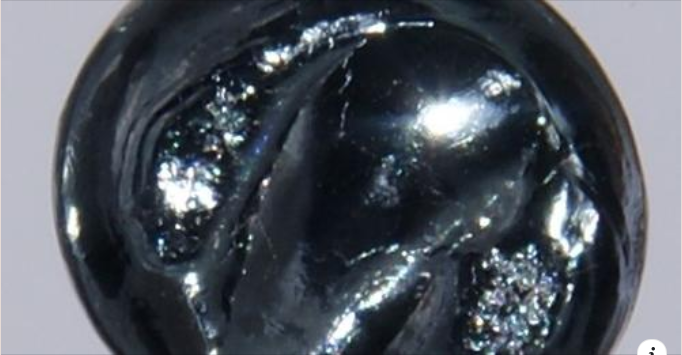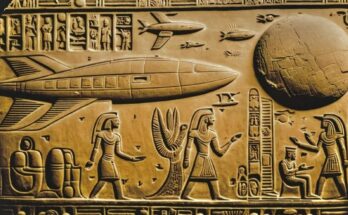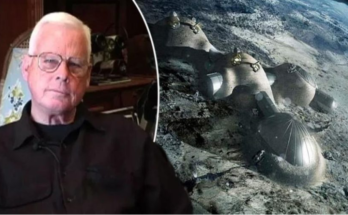Some asteroids are dense. So dense in fact, that they may contain heavy elements outside of the periodic table, according to a new study on mass density.
The team of physicists from The University of Arizona say they were motivated by the possibility of Compact Ultradense Objects (CUDOs) with a mass density greater than Osmium, the densest naturally occurring, stable element, with its 76 protons.
“In particular, some observed asteroids surpass this mass density threshold. Especially noteworthy is the asteroid 33 Polyhymnia,” the team writes in their study, adding that “since the mass density of asteroid 33 Polyhymnia is far greater than the maximum mass density of familiar atomic matter, it can be classified as a CUDO with an unknown composition.”
The team looked at the properties of potential elements with atomic numbers (Z) higher than the highest atomic number in the current periodic table. Though Osmium is the densest stable element, elements with higher atomic numbers have been produced experimentally.
Oganesson, first synthesized in 2002 by bombarding californium-249 with calcium-48 atoms, has an atomic number of 118 and is the densest element in the periodic table. Elements towards the higher end of the table tend to be unstable, radioactive and have incredibly short half-lives.
Elements beyond the periodic table have been modeled, with physicists predicting their properties. The Arizona team did the same using the relativistic Thomas-Fermi model of the atom, attempting to estimate the mass density of elements 110 Z and higher.
Looking at elements still within the periodic table, they could not find elements with high enough mass densities to explain what has been observed of asteroid 33 Polyhymnia, even if they were stable enough to be considered a candidate.
“However, elements in the other theoretical island of nuclear stability near Z = 164, which we predict to populate mass density values between 36.0 and 68.4 g/cm3, are reasonable candidates,” the team wrote. “If some significant part of the asteroid were made of these superheavy metals, it is plausible that the higher mass density could be near the experimentally measured value.”
“Our results on mass density allow us to hypothesize that if superheavy elements are sufficiently stable, they could exist in the cores of dense asteroids like 33 Polyhymnia,” the team added in the paper.
While preliminary, it is nevertheless exciting to anyone from people with a vague interest in physics to tech bros with plans for space mining.
“All super-heavy elements – those that are highly unstable as well as those that are simply unobserved – have been lumped together as ‘unobtainium’”, Jan Rafelski, an author on the paper, added in a press release. “The idea that some of these might be stable enough to be obtained from within our Solar System is an exciting one.”
The study is published in The European Physical Journal Plus.
An earlier version of this article was published in October 2023.



